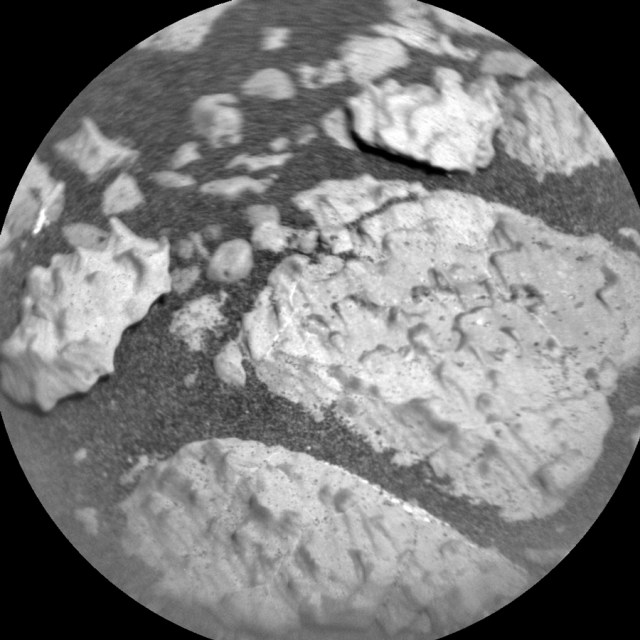Columbia University at the Crossroads: Dealing with Anti-Semitism in the Aftermath of Gaza War
Columbia University faced a wave of student demonstrations after Israel launched a military campaign against the Palestinian enclave due to a terrorist attack by Hamas. The protests grew as students…
:quality(75)/cloudfront-us-east-1.images.arcpublishing.com/elcomercio/TUWBB3TLGZEVDD2WO2RC2FPRIE.png)








